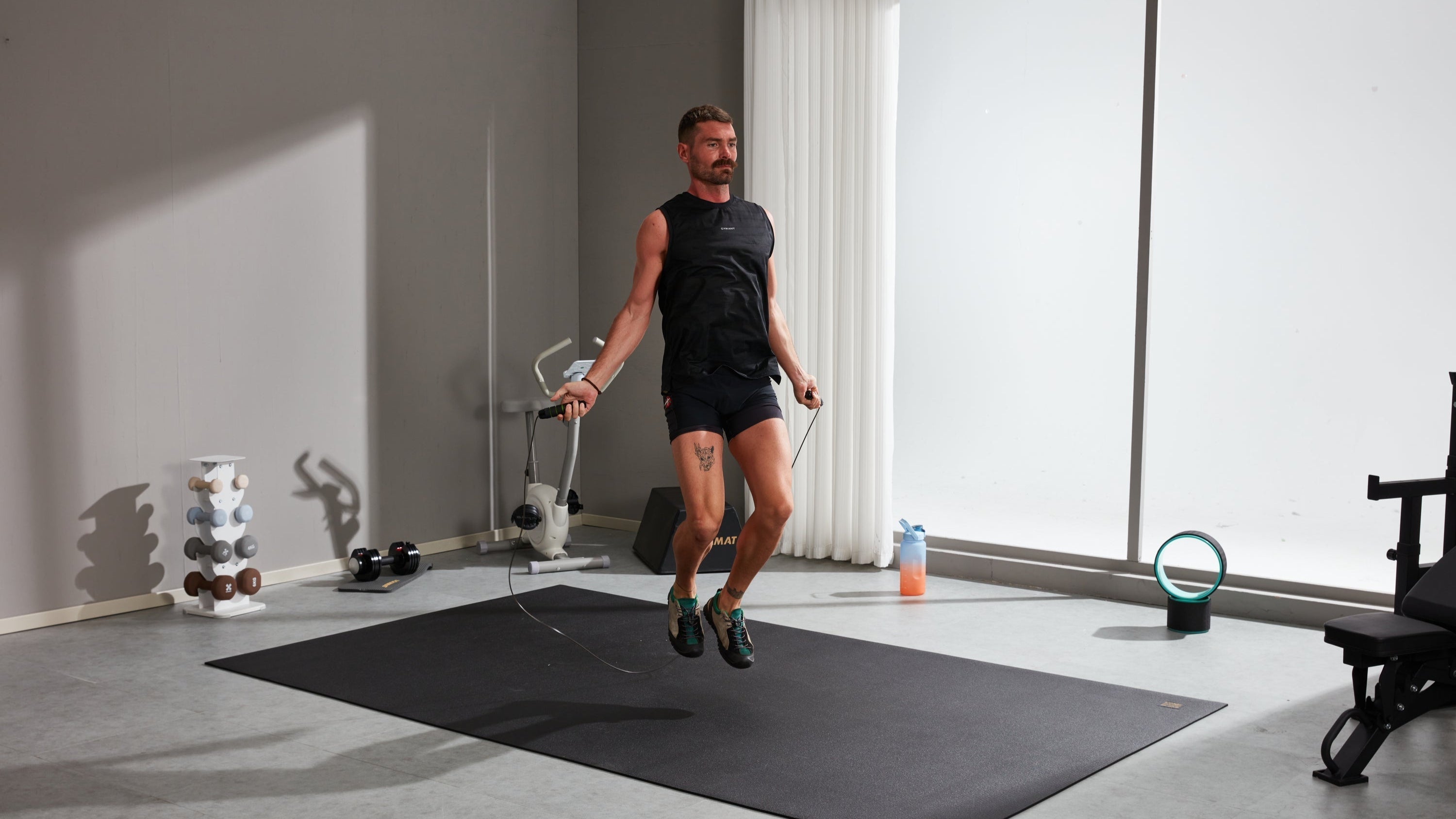
What is the Best Thickness for an Exercise Mat?
The thickness of exercise mat plays a crucial role comfort and protection during your workout. Choosing the right thickness can not only improve your workout experience but also reduce joint strain and protect your flooring. In this article, we’ll help you understand how to select the perfect mat thickness based on your workout type, body condition, and surrounding environment.
You might also find these articles helpful when deciding on the best thickness:
👉 Foam vs. Rubber Gym Flooring: How to Choose?
👉 Which Hardness is Best for Gym Mats: Understanding Shore Hardness
Common Thickness for Exercise Mats
Exercise mats typically can be divided into three categories based on the thickness:
- Thin Mats (3-5mm): Thin mats are Ideal for yoga, Pilates, and other low-impact exercises, as they can provide good contact with the floor, enhancing stability and flexibility.
- Medium Thickness Mats (6-8mm): If you are going to do some home workouts, including strength training and core exercise, a mat with 6-8mm is a good choice. It offers a balance of cushioning and stability.

- Thick Mats (9mm and above): High-impact workouts like HIIT and jumping exercises have a higher requirements of thickness.9mm and above will provide superior shock absorption and protect both your joints and flooring. You can also put it under heavy equipment.
Best Mat Thickness to Your Workout Type
Different workouts demand different mat thickness. You can choose a suitable thickness due to your daily workout type.
-
Yoga: These activities benefit from thinner mats that help maintain stability and a strong connection with the floor. Typically, 3-5mm thickness provide enough cushioning without sacrificing balance. Studies show that thinner mats improve proprioception, which is essential for poses requiring precise body control.
Of course, you can adjust the thickness of the mat according to your own situation, for example, beginners can adjust it to 6-8mm. If you have problems with joint or have a large weight, you can adjust it to 8-10mm. Postpartum rehabilitation users can adjust to above 10mm for extra cushioning and support.
- Aerobics & Stretching: A thickness of 6mm to 8mm is commonly recommended to reduce muscle fatigue and provide joint comfort during dynamic movements which is good for workout like aerobics and stretching. Research indicates that 6-8mm mats reduce impact forces by up to 25% compared to thinner mats.
- HIIT & High-Impact Jump Training: These high-impact exercises require thick exercise mats to absorb shock and reduce joint stress. 9mm or more can absorb approximately 30-40% of impact energy, which significantly protects knees and ankles during workouts.
- Weight Training & Equipment Protection: When you start doing strength training or using gear, protecting the floor becomes another factor that needs to be taken into consideration in choosing the thickness. In this case, mats of 10mm and above with high-density foam or rubber materials will offer excellent durability and shock absorption, which can minimize damage to both the floor and the equipment.
Personal Factors to Consider When Choosing a Thick Exercise Mat
Your body and health condition also influence the ideal mat thickness.
For lighter individuals, usually a thin to medium mat will work well, which offers comfort without sacrificing stability. For heavier individuals, medium to thick mats are recommended to provide better cushioning and reduce joint pressure.
For users with special needs, such as elderly people, users with sensitive joints, beginners, and users in rehabilitation training or postpartum rehabilitation, when selecting a mat, you can choose an extra thick yoga mat to get more cushioning and support.

How Your Environment Affects Exercise Mat Thickness
Different environments will have a certain impact on the sense of mat use, so adjusting the thickness of mats according to the characteristics of the environment is also very important.
- Hard Floor (tile, concrete): Exercise on hard floor will need more shock absorption and comfort. So thick mats will be better.
- Wood Floor or Home Gym on Carpet: Wood and carpet are softer than hard floor, so medium thickness mats typically suffice.
- Garages Gym Flooring or Basement Gym Flooring: Thick mats offer protection against cold, hard floors and help preserve your equipment.
Conclusion
Therefore, when selecting a mat, you not only need to consider the workout type, but also your own physical condition and the environment in which you are using it. After a comprehensive assessment, you will find the right mat thickness. Whether you’re a yoga beginner or a high-intensity training enthusiast, the right mat thickness will enhance your fitness experience and protect your body at the same time.

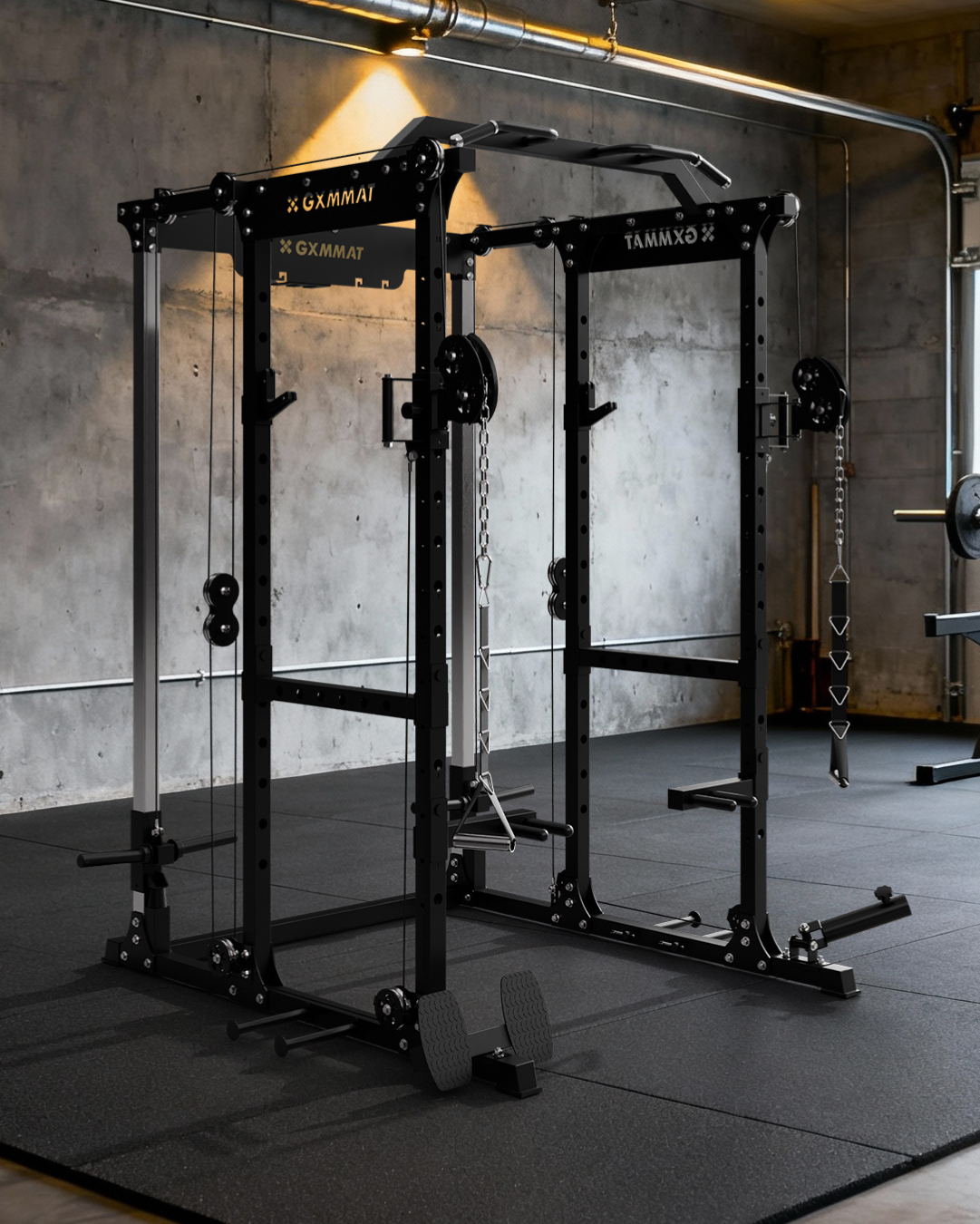
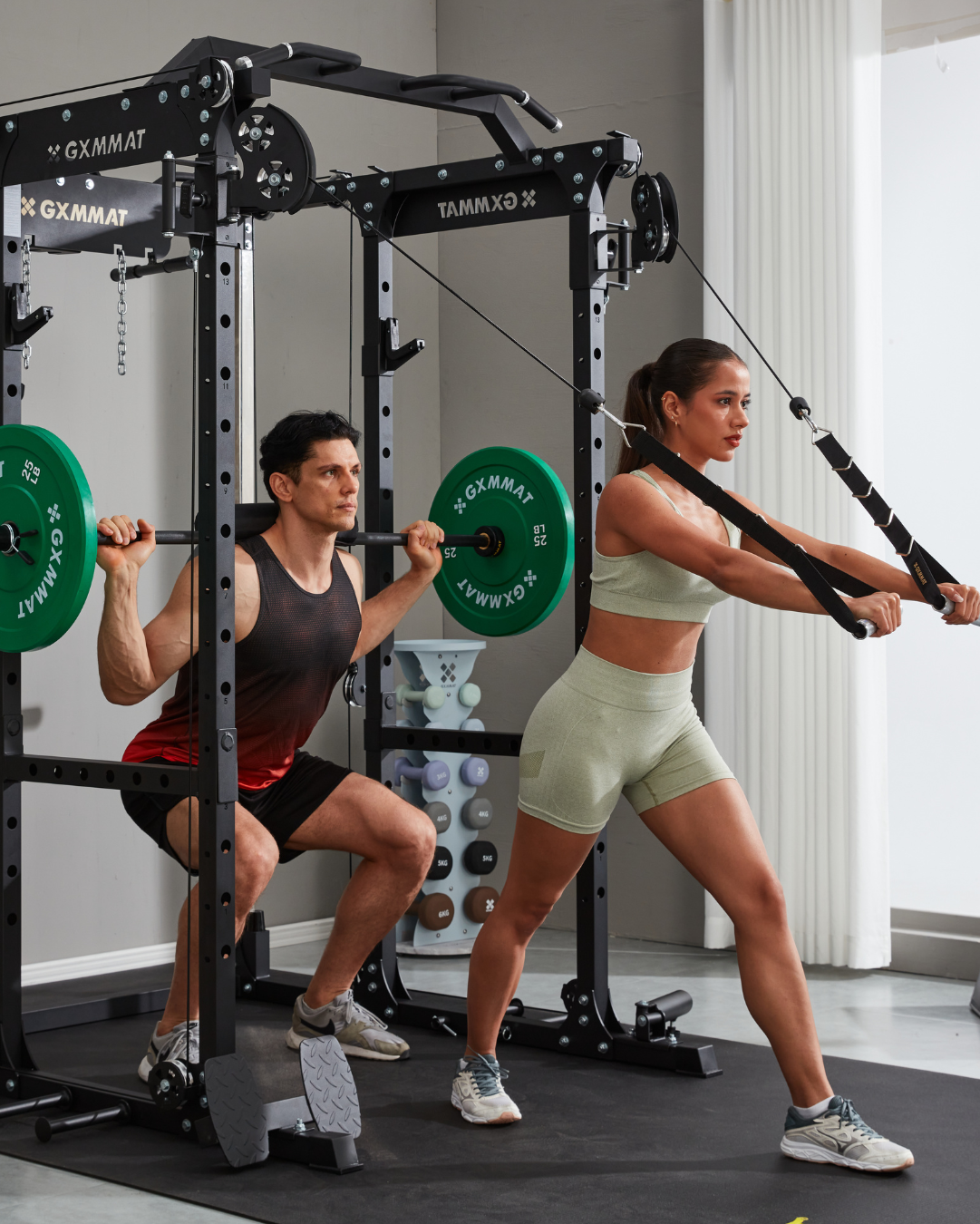
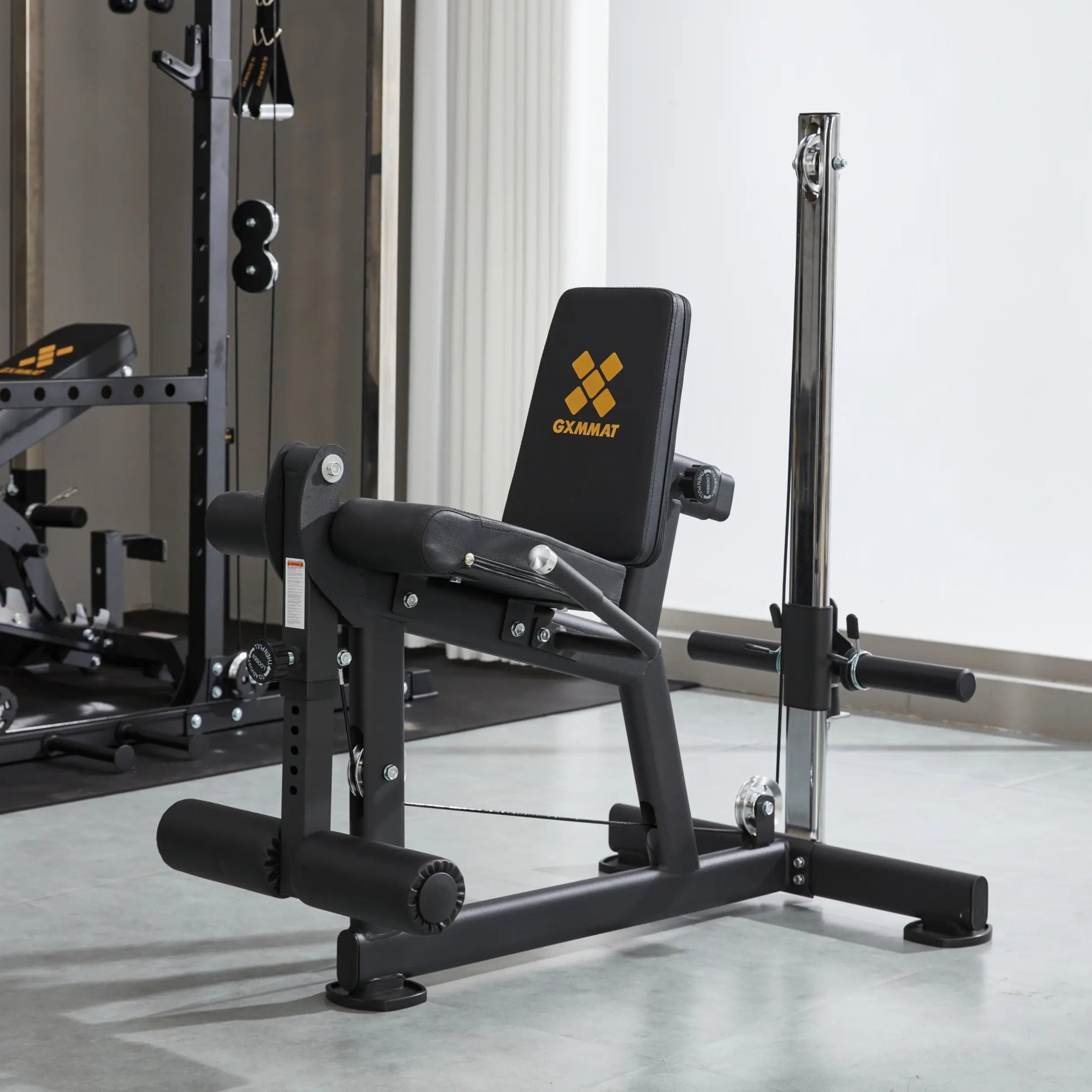
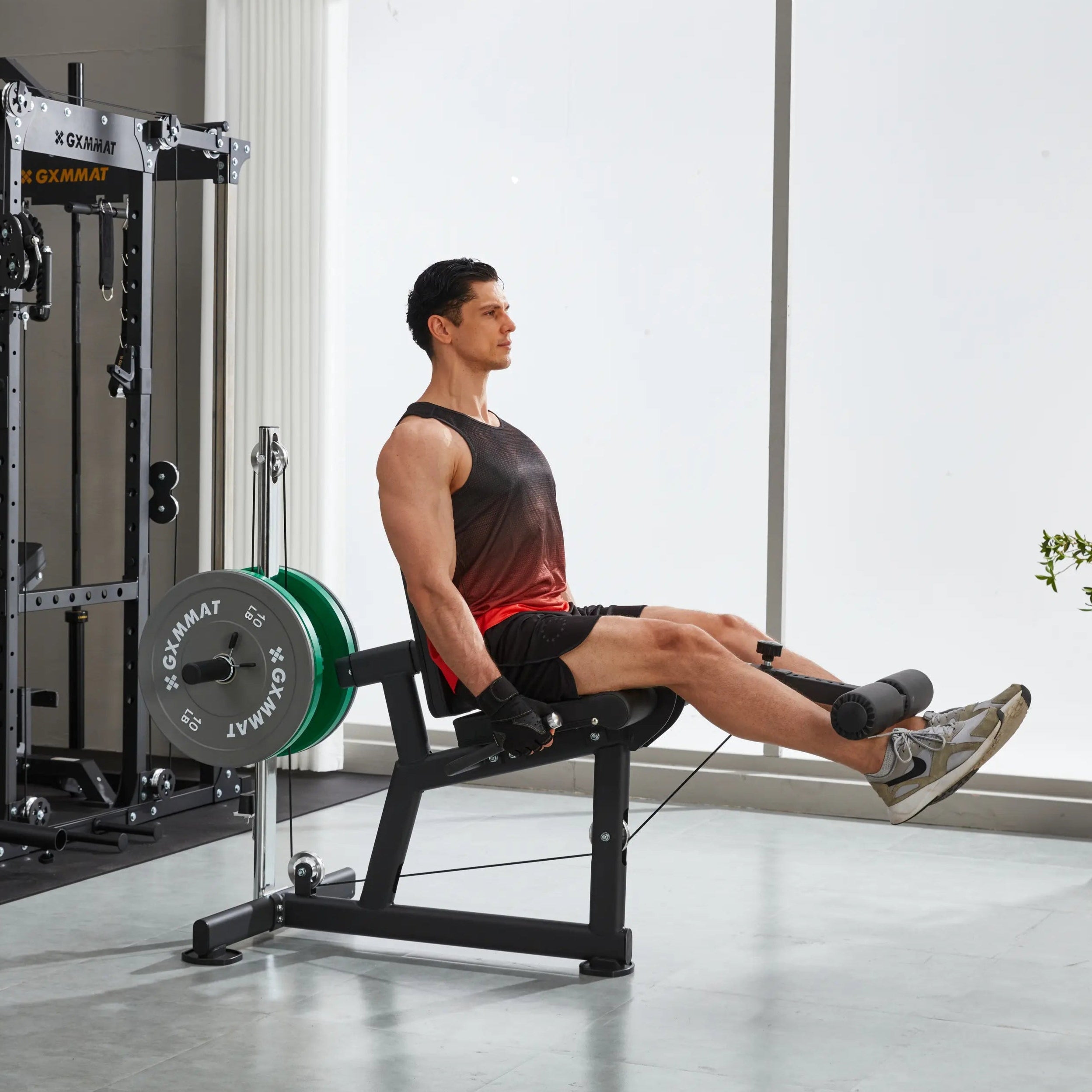
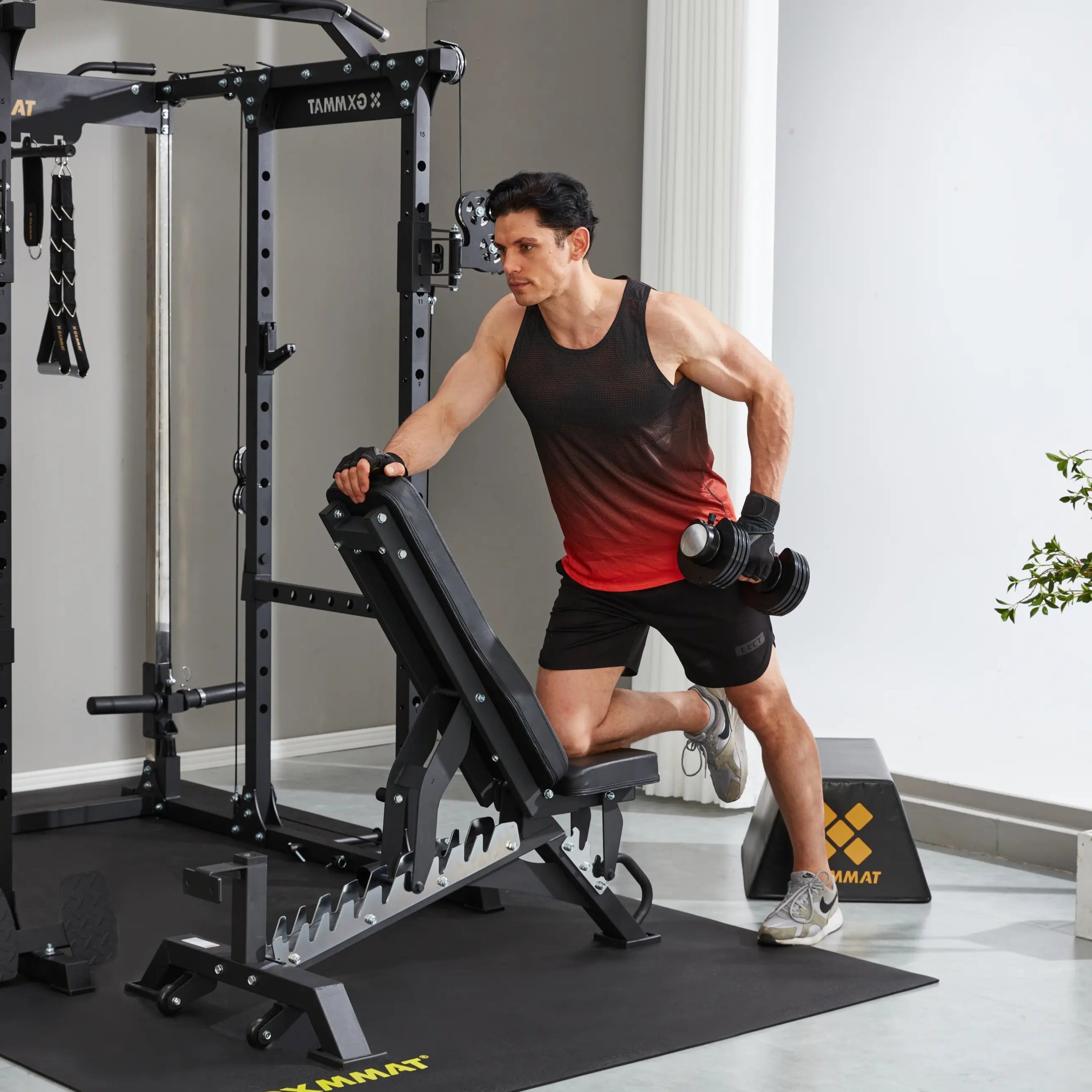
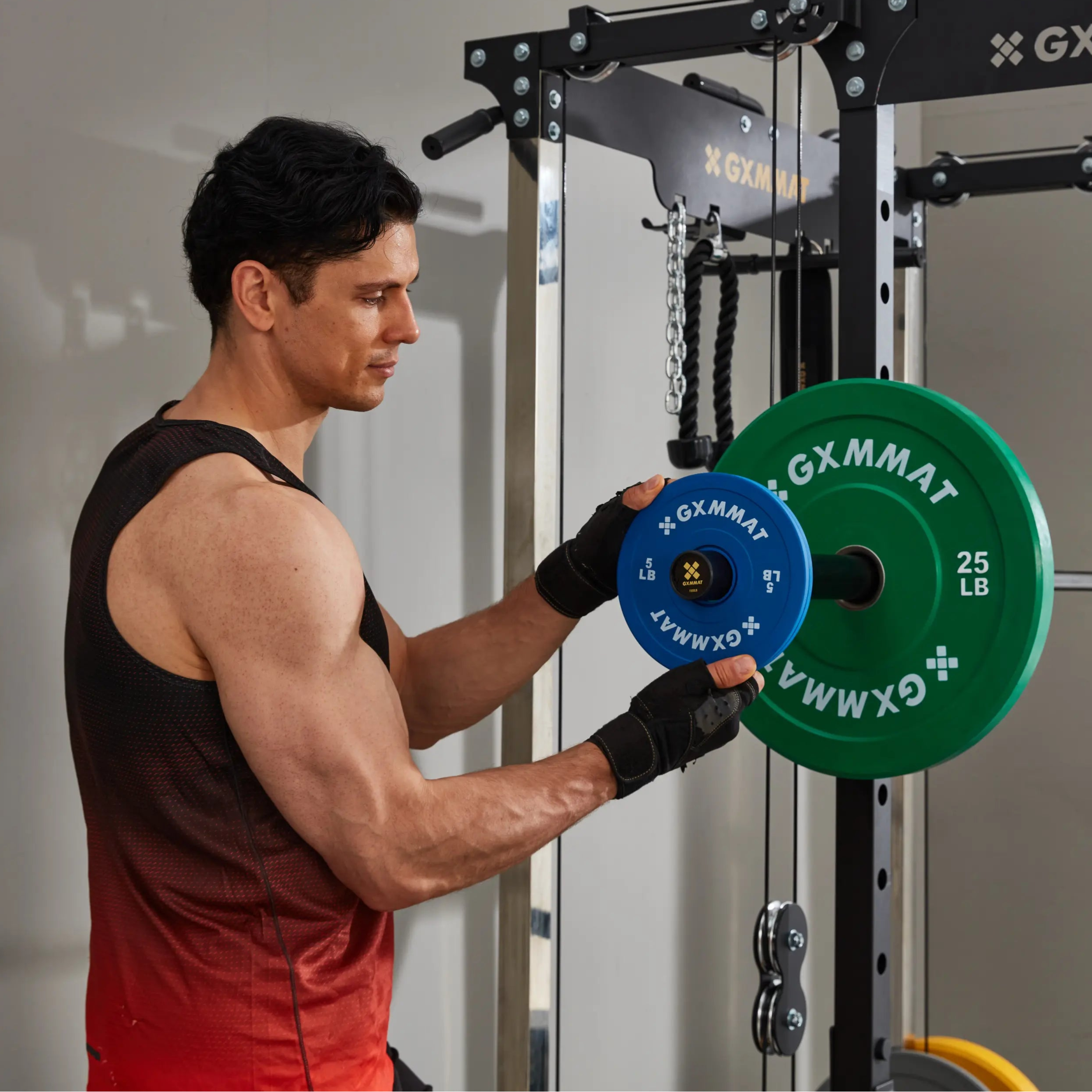

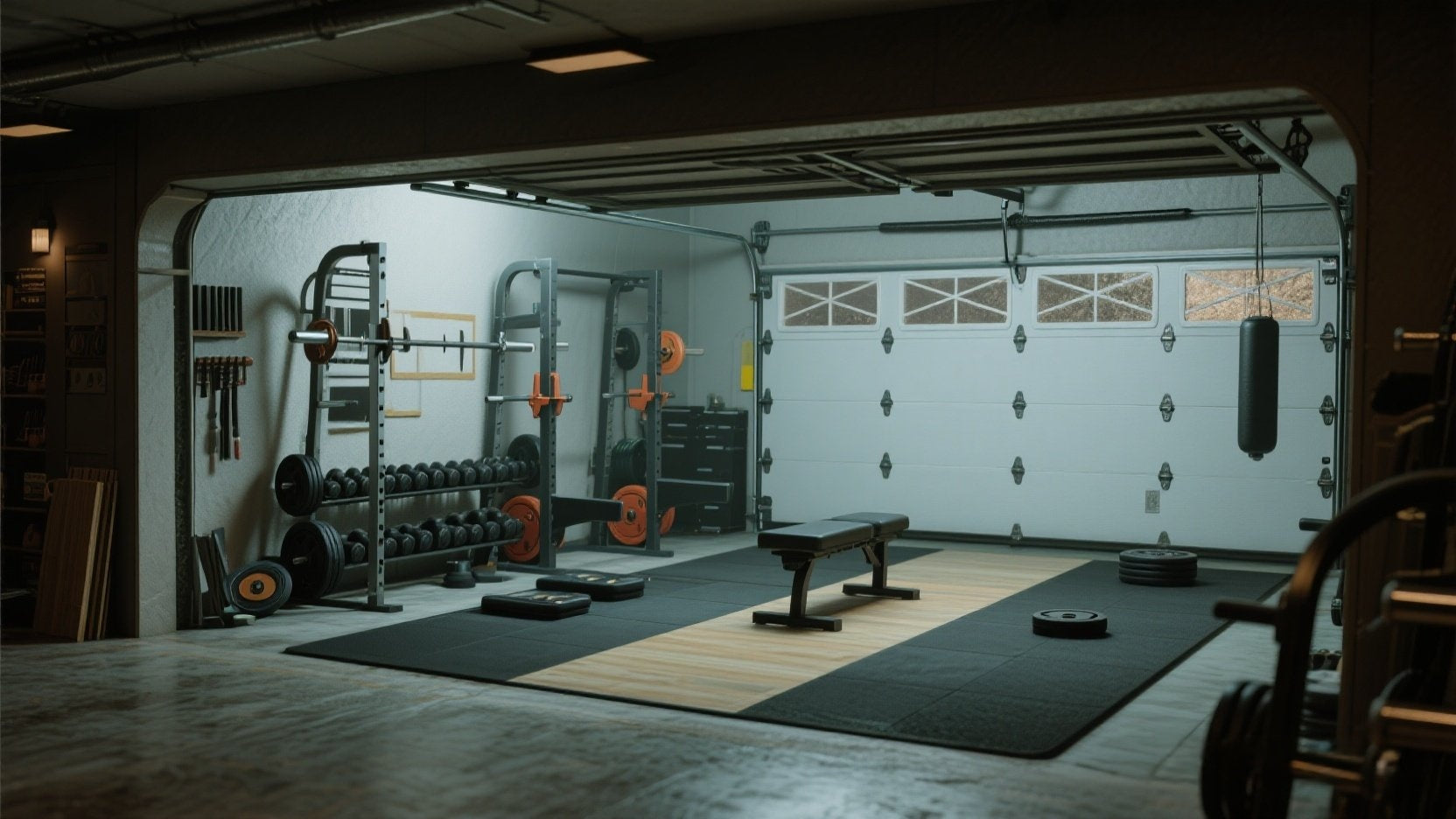
Leave a comment
This site is protected by hCaptcha and the hCaptcha Privacy Policy and Terms of Service apply.